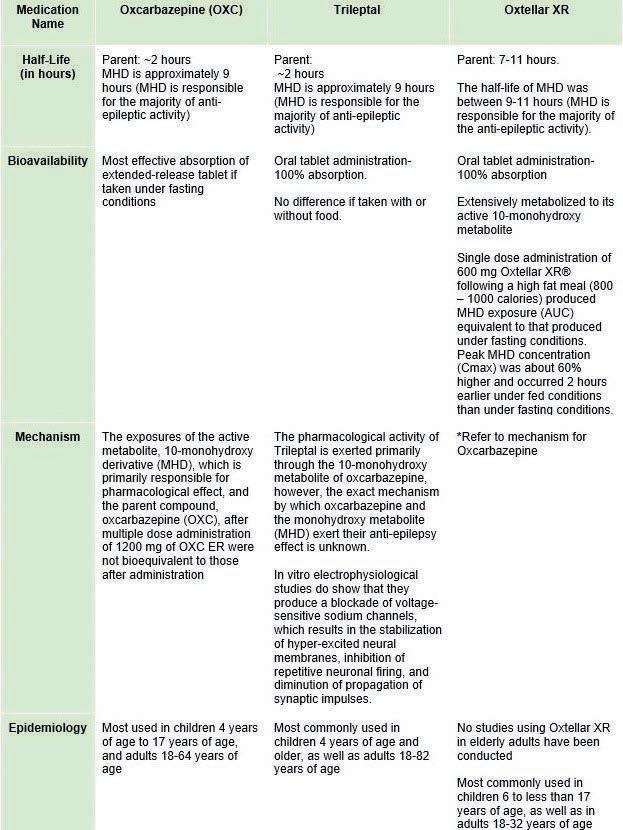Scholarly Research In Progress • Vol. 5, November 2021
Treatment of Pediatric Lisfranc Injuries: A Systematic Review and Introduction of a Novel Treatment Algorithm Samuel Paek1† and Grant D. Hogue2,3 ¹Geisinger Commonwealth School of Medicine, Scranton, PA 18509 ²Harvard Medical School, Boston, MA 02115 ³Orthopedic Department at Boston Children’s Hospital, Boston, MA 02115 † Doctor of Medicine Program Correspondence: spaek@som.geisinger.edu
Abstract Background: Pediatric Lisfranc injuries (PLI) are rare injuries that have few studies published about their occurrence and treatment in pediatric populations. Due to this lack of information, the diagnostic criteria and surgical or non-surgical methods for treatment have not been clearly established within the pediatric orthopedic literature. The objective of this study was to review the published literature related to treatment options for PLI in order to develop a concise stepwise treatment algorithm for pediatric patients presenting with Lisfranc injuries. Methods: A systematic literature review was conducted using PubMed to find studies reporting treatment of PLI with followup of long-term outcomes. Data collection involved the number of feet treated, primary diagnostic method, treatment methods employed, and reported post-treatment complications. Results: Ten articles reporting on 114 Lisfranc injuries treated were found. In summation, 42% (49/115) of feet were treated with open reduction internal fixation (ORIF) using Kirschner wires (K-wires) and/or screws, 29% (33/115) required no reduction, 17% (20/115) using cast immobilization, 5% (6/115) using closed reduction, 3% (4/115) using suture button fixation, and 3% (3/115) with percutaneous fixation. Conclusion: There were two main limitations to this study. First, there are few published studies with longitudinal outcomes of PLI treatment. Second, some case series did not disclose which procedure a patient with post-treatment complications underwent. Therefore, an overall analysis of success and failure rates with associated complications of each procedure could not be conducted. In conclusion, we found that a stepwise approach to evaluating conservative and surgical treatment options based on the presentation of the PLI should be utilized to optimize long-term outcomes.
Introduction Pediatric Lisfranc injuries (PLI) are an uncommon injury of the tarsometatarsal (TMT) joint complex that primarily affects the first and second metatarsals (MT) and their connection to the medial and middle cuneiforms but can also have effects across the entirety of the TMT joint. The instability of this joint complex can be attributed to the absence of a stabilizing ligament between the first and second MTs. The mechanism of injury for PLI is commonly caused by axial loading in a plantarflexed foot position due to disruption of the Lisfranc ligament’s connection between the proximal base of the second MT to the medial cuneiform (1). Due to the rarity of published literature on this injury in pediatric cases, evidence-based treatment guidelines
216
for PLI are limited. This contrasts with adult Lisfranc injuries, which have standardized treatment protocols and less variability in their management due to the closure of physeal growth plates. This is an important area of concern when considering surgical versus non-surgical options for Salter-Harris type fractures because exposure of the physes or joint surface during operative management may induce premature physeal closure and/or fusion as a result (7, 18). Furthermore, the intraarticular nature of PLI increases the risk of developing posttraumatic degenerative arthritic changes in the TMT joint complex (19). Bone deformities of the midfoot region can develop during remodeling from physeal involvement which can create further complications for the patient (7, 18). There are many treatment options with varying outcomes, but no consensus on the most optimal management protocol for this injury (1, 2, 4–7, 8–11, 13). Nonetheless, the majority of studies included in this systematic review have achieved successful post-operative outcomes using surgical intervention to achieve reduction and fixation in treating PLI (2, 4–7, 8–11, 13). The purpose of this study is to define standardized diagnostic criteria and novel treatment guidelines based on the classification of injury to pair the best management protocols with optimal long-term outcomes for future patients receiving treatment for PLI.
Methods Search strategy A systematic review was conducted according to the Preferred Reporting Items for Systematic Reviews and Meta-analyses (PRISMA) research methods and reporting guidelines (3). A digital search of the online medical literature database MEDLINE (PubMed) was done between January 4, 2021, and January 18, 2021. The search strategy included the following keyword terms: “pediatric” OR “adolescent” OR “child” AND “lisfranc” OR “tarsometatarsal.” All potential studies were stored to Zotero (zotero.org), an open-source software program used for bibliographic citation management, to facilitate evaluation of the studies used. Study selection The published literature selected for this study involves therapeutic measures for PLI. Studies involving adult-only cases were excluded. Studies that included a mixture of pediatric and adult cases, but that did not distinguish data extracted from pediatric and adult patients were excluded. Case reports without appropriate post-operative follow-up were excluded. Studies involving cadaveric specimens were excluded. Studies published in languages other than English were excluded.












































